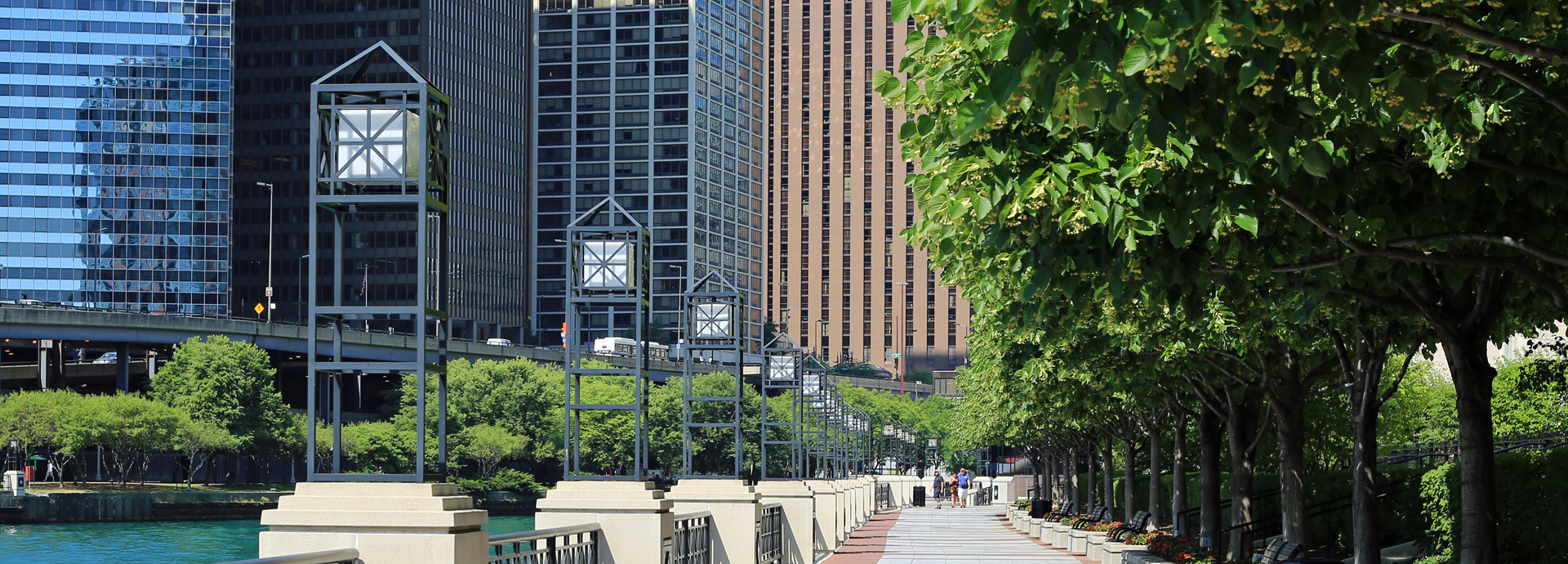Breast Reconstruction in Chicago, IL

For many women, restoring normal appearance to one or both breasts after mastectomy is emotionally fulfilling and helps in the healing process. Breast reconstruction is the best way to bring back normal shape and size to the breast(s) after partial or full removal. Modern medicine has led to the development of several highly advanced reconstruction options, including using skin and tissue from a donor area of the body.
Planning Breast Reconstruction
If possible, it’s best to discuss your reconstruction options with your surgical team prior to mastectomy. Based on your consultations, you may opt to have breast reconstruction performed at the same time as mastectomy, or you may delay reconstruction until you have healed from mastectomy (and had additional cancer treatments, if necessary). There are pros and cons to both scenarios. Your surgical team — including the Northwestern Plastic Surgery team — will help you decide on a plan that is conducive to your needs, lifestyle and recovery from cancer.
Breast Reconstruction Options
Tissue Expanders
It’s common for a mastectomy or radiation treatment to leave insufficient tissue in the chest to cover a breast implant. Therefore, a tissue expander becomes necessary to support an implant.
Restoring the breasts with tissue expanders and implants is the least invasive reconstruction option, but it is a lengthy process. At the time of mastectomy, a balloon-like tissue expander is placed in the chest. Over a period of several months, the expander is slowly filled with a saltwater solution to make more room within the skin.
Once the skin has expanded sufficiently, the expander is replaced with an implant. You will choose either a saline or a silicone filled implant; it depends on your desired look and feel, as well as your body type. Our Chicago plastic surgeons can recommend the best implant for you.
Flap Reconstruction
Flap reconstruction involves taking tissue from another area of your body to reconstruct your breast. The two most popular types of flap procedures are the TRAM flap, which uses tissue from the lower abdomen, and the latissimus dorsi flap, which uses tissue from the upper back. The flaps may restore the breast on their own, or they may be used to support an implant.
During a TRAM flap procedure, our plastic surgeon will take one of two approaches. He will either leave the flap attached to its original blood supply, tunneling it under the skin to the breast area, or he will detach the flap of skin, fat, blood vessels and muscles from its donor site and attach it to the blood vessels in the chest. The former approach is more common than the latter.
During a latissimus dorsi flap procedure, the flap of skin, fat, muscle and blood vessels is tunneled underneath the skin from the upper back to the chest.
In both types of flap reconstruction, there is a chance that the donor area may weaken. For example, after a latissimus dorsi flap procedure, the upper back, shoulder or arm may lose strength. This is not common, but should be considered and explored during your initial consultation.
Other Considerations
The nipple and areola can be reconstructed, too, as the final phase of breast reconstruction. Tissue taken from areas of your body such as your ear, eyelid, groin or inner thigh may be used to rebuild the nipple and areola, and tattoo techniques can add natural-looking pigment.
If you are reconstructing only one of your breasts, our plastic surgeons may reshape your other breast to match. This could involve reducing, augmenting or lifting the breast.
Schedule a Breast Reconstruction Consultation
To learn more about breast reconstruction surgery, please contact the team at Northwestern Plastic Surgery to schedule a personal consultation. During your consultation, you can learn more about the many facial plastic surgery procedures we offer, such as Chicago facelift, eyelid lift, ear surgery and rhinoplasty. Our surgeons would be pleased to meet with you and discuss the procedure in greater depth. Call us today or send us an email.




